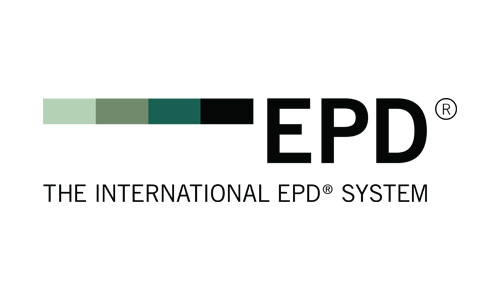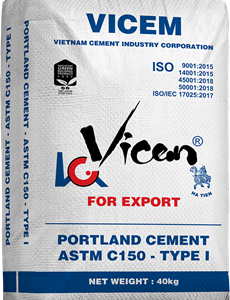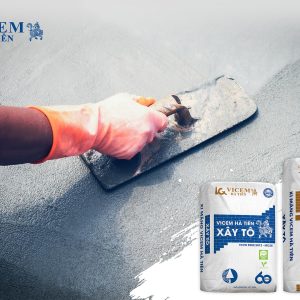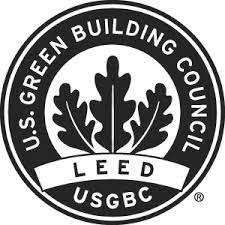Product Description
Environmental Product Declarations are often used to present LCA results from one business to another. But what exactly is an EPD?
Additionally, you produce EPDs according to a specific set of Product Category Rules (PCRs). PCRs provide rules and calculation guidelines to ensure that all Environmental Product Declarations within the same product category report the same type of information. The scope of PCRs available is very broad, from building materials to natural fibers, foods and chemicals.
An Environmental Product Declaration (EPD) is a standardized document that informs about the environmental and human health impacts of a product. It is based on the ISO 14025 standard and the scientific life cycle assessment (LCA) methodology. The purpose of an EPD is to inform and communicate with stakeholders about the environmental impacts of a product. Therefore, companies often use EPDs for commercial purposes.
An EPD is created based on an LCA calculation and provides a quantitative basis for comparing products and services. LCA calculates the environmental footprint of a product over its entire life cycle – expressed in more than 15 impact outcomes. You can create an EPD for a company-specific product or for the average product of members of your organization’s subsidiaries.
EPDs are usually provided by the product manufacturer and must be verified by an independent expert. EPDs are usually valid for 5 years.
The basis of EPDs is the ISO 14025 standard. This standard is called EPDs Type III environmental declarations – also EPDs Type III .

)








































Reviews
There are no reviews yet.